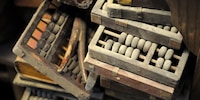
Background information
From the abacus to the arithmometer: The history of computing, part 1
by Kevin Hofer

In the second article on the history of computing, you can read about the importance of the invention of a loom for computing. You will also find out who invented the first computer and why a woman is considered the first female programmer.
The Jacquard loom was of enormous value for computing. The first information-processing device with practical uses was a marvel of the Industrial Revolution. It was invented by the French weaver Joseph-Marie Jacquard. Jacquard had the idea for the loom as early as 1790, but the French Revolution intervened, which is why he was only able to finalise his invention between 1804 and 1805.
The Jacquard loom was the first machine to be controlled by punched cards. The punched cards tell the loom which patterns to weave. The punched cards represent a binary system. They are scanned by needles. If the needle does not hit a hole, the thread is raised; if the needle hits a hole, the thread is lowered.
The invention of the Jacquard loom allowed important conclusions to be drawn for computing: machines can be influenced to do things differently than intended. In addition, a punch card can be used to control a machine. Most importantly, however, was the realisation that a machine can perform various tasks by feeding them to it in a language it can understand. Machines became programmable. Programming was therefore invented before the computer.
Jacquard felt the negative reactions to this progress bitterly. The silk weavers feared that the loom would take work away from them. They set fire to the machines and attacked Jacquard himself. However, the weavers were unable to prevent the Jacquard loom from triumphing.
By 1820, all the pieces of the puzzle were in place for the invention of the computer. The advantages of automated calculations for science and industry were known and appreciated. Specific methods for automated calculation had been invented and experience had been gained with analogue and digital devices. The Jacquard loom demonstrated the advantages of programming and the possibilities of punched cards. These pieces of the puzzle could now be put together.
You can access the first article via the link below.Today, Charles Babbage is regarded as the man who put the pieces of the puzzle together and thus invented the first computer. The English mathematician and inventor was a man of many talents. He was the first to suggest that the past weather could be read from tree rings. But he also helped to introduce a modern postal system in England and was passionate about ciphers, keys and mechanical dolls.
Babbage was also a founding member of the Royal Astronomical Society. In this function, he saw the need to automate difficult astronomical calculations. Mathematical tables, especially logarithmic tables, of that time often contained errors. Babbage argued that these could be avoided by automating the production process. This is why he designed the difference machine. Incidentally, he was one of the first scientists ever to be subsidised by the state for his work.
The mathematician took a very ambitious approach to his project. He hired an engineer to build the machine, made the workshop fireproof and planned a dust-free area for testing. And all this in 1823, a time when hygiene in medicine was still in its infancy.
The difference machine was designed to perform calculations of between 20 and 30 digits. It can be considered a digital machine. The digits (0-9) on the wheels should rotate automatically. For example, if a wheel turns from 9 to 0, the next wheel also moves to the following digit. Like modern computers, the machine should also have memory for later processing. And the machine should even have created printer discs.
However, there may also have been personal reasons for Babbage's failure. According to an obituary from the time, Babbage was extremely volatile, temperamental and completely tactless. He was a brilliant scientist, but socially incompetent. He would not have been able to work with other people. It was suspected that he had interfered with the engineer and tried to do things himself.
The analytical engine is an example of Babbage's erratic character. While working on the difference engine, Babbage was already tinkering with ways to improve it. His aim was to further develop the machine so that it could perform all conceivable calculations. When he stopped working on the difference machine in 1833, he had already developed the analytical machine.
The analytical machine should be universally applicable and controllable by programmes. The mechanical, digital computer was to consist of four parts: the arithmetic unit, memory unit, input unit and output unit. It was to be driven by a steam engine and be three metres high and 19 metres long. So you wouldn't have been able to put it in your home office.
The storage mechanism could have stored up to 1000 50-digit numbers. For the input mechanism, Babbage was inspired by the Jacquard loom while travelling through France: Data and instructions should have been entered via punched cards. However, like the difference machine, the analytical machine was never built.
The analytical engine was the first device that could pass as a computer by today's definition. The previous machines were nothing more than computers. The analytical engine was the first to be programmable, and therefore automatic, and it could perform multiple calculations. Ironically, the first computer still only exists on paper, it was never built.
The extent to which the analytical machine is programmable and differs from conventional computers was not postulated by Charles Babbage. That was Ada Lovelace. Ada? Isn't that a woman's name? Exactly. The fact that she, as a woman, was able to deal with the analytical machine at that time was thanks to her parents and her education.
Lovelace was born in London in 1815, the daughter of the famous poet Lord Byron and Anne Isabella Noel-Byron. She was the couple's only biological child. They separated shortly after Ada's birth because Lord Byron was a real playboy and had already fathered several children out of wedlock (he was also rumoured to have had an incestuous relationship with his sister).
In contrast to her artistic father, Ada's mother was very interested in the natural sciences. She therefore gave her daughter a maths education. Ada taught herself many things, but was also taught by Augustus De Morgan, a founder of modern mathematical logic.
Lovelace was already interested in Babbage's analytical machine in 1833. She made his acquaintance on occasions and talked to him about it. This went so far that she published a paper on how it worked in 1843. In it, she formulated, among other things, the difference between computers and the analytical machine. The machine operated with universally valid symbols and not with numbers. It was capable of abstract thinking.
The mathematician also recognised new possibilities for mathematically analysing and simplifying the control programs (the punched cards). This is why she is now regarded as the first programmer ever. However, she stood alone with her findings for a long time after her death. In the years that followed, the focus was on computers and other machines.
Ada Lovelace died of uterine cancer in 1852 at the age of 36. Babbage continued to work on his analytical machine until his death. The Hollerith punch card is worth mentioning in the transition period up to the invention of the modern computer.
Babbage and Lovelace's punched cards remained theoretical in nature and were primarily intended for input. Hermann Hollerith used them for data storage in his Hollerith machine. You can find out more about Hollerith and his use of punched cards in my article on the history of the hard drive.
At the same time, computers were being further developed and mass-produced. However, they were primarily manufactured for commercial use and not for science.
That's it for the second part of the history of computing. Next time, we'll get down to business with the invention of the modern computer. <p
From big data to big brother, Cyborgs to Sci-Fi. All aspects of technology and society fascinate me.
Interesting facts about products, behind-the-scenes looks at manufacturers and deep-dives on interesting people.
Show all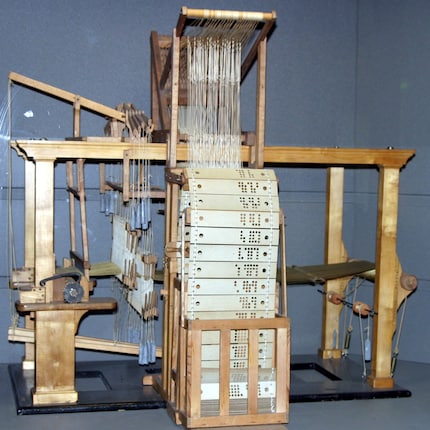
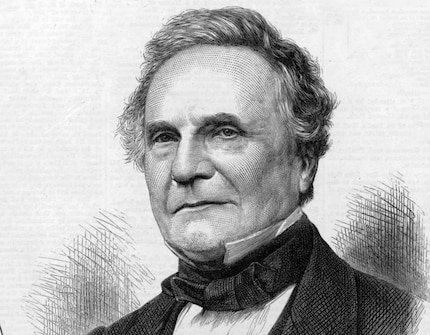
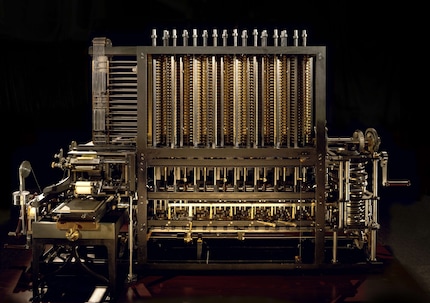
The above text passage contains many "shoulds". This is because Babbage never built the difference engine completely. On the one hand, he was always short of money, and on the other hand, the manufacturing methods of the time were not yet mature enough. Other technical problems also delayed the work. When Joseph Clement, the engineer, did not want to continue working until he was paid in advance, Babbage cancelled the construction in 1833. It was not until 2002 that a functional difference machine based on Babbage's designs was completed.
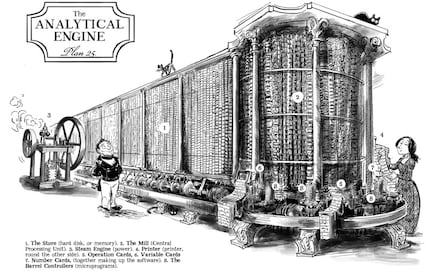
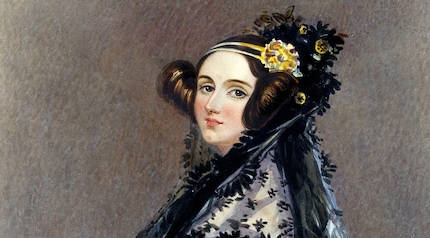

Bosch Professional Zubehör GBA ProCORE 8 Ah 18V+
18 V